When you’re on a long flight, you have plenty of time to ponder why things on a plane are the way they are. You might wonder
what the cabin lights actually indicate
, whether you need to worry about the chimes and beeps, or why the flight attendants always dim the lights when it’s time to take off or land the plane. The reason why might surprise you. It might seem restful, but it’s not actually to
soothe plane anxiety
— it’s a safety procedure that helps flight attendants to see signs of trouble in the event of an emergency.
To find out more, Islands spoke to inspirational author and self-proclaimed explorer at heart
Lia Ocampo
of
Travel and Inspire
. In addition to having been a flight attendant herself, Ocampo has been a resource speaker for aspiring cabin crew members. She that dimming the lights is a standard procedure that required during takeoff and landing on almost every flight. While it might seem counterintuitive, Ocampo told us that dimming the lights actually helps flight attendants to see what they need to see. “During an emergency on takeoff or landing, when our eyes are adapted to darkness, the crew and passengers will have better vision to spot hazards like smoke and fire, allowing them to react or act more quickly,” she said.
Read more:
The Four Unspoken Rules For The Airplane’s Empty Middle Seats
How Dim Lights Help Passengers Evacuate In Emergencies
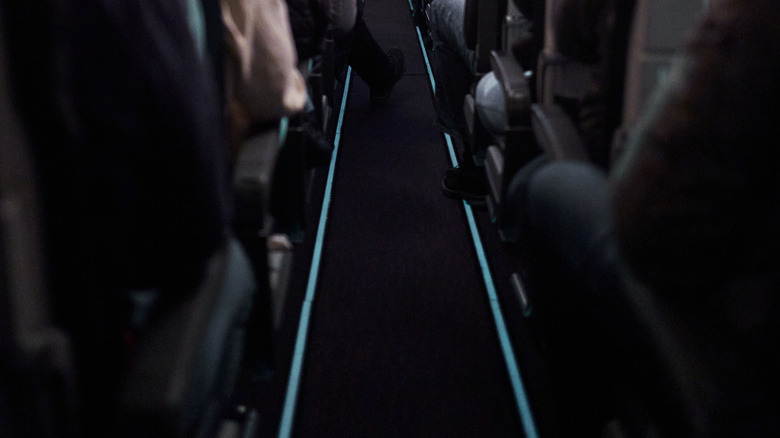
Dimmed lights might make it harder to see the book you were hoping to finish during your flight, but in an emergency, they can actually help both flight attendants and passengers see what they need to see. While it might be harder to make out some things in the dim light, the plane is designed to use lighting to focus the attention of everyone onboard on what matters: The way out.
If you’ve paid attention to the flight attendant safety briefings that happen at the beginning of every flight — and Lia Ocampo says you definitely should so you’re prepared for any onboard emergencies — you know just how important it is to know where the plane’s exits are. If you did miss it, though, the dimmed lights will help you out. “When the cabin lights are dimmed in an emergency, the emergency floor path markers and other emergency lights on the plane will activate,” Ocampo explained. “This makes it easier for crew and passengers to see these emergency exit lights.”
What If The Lights Aren’t Dimmed During Your Next Flight?
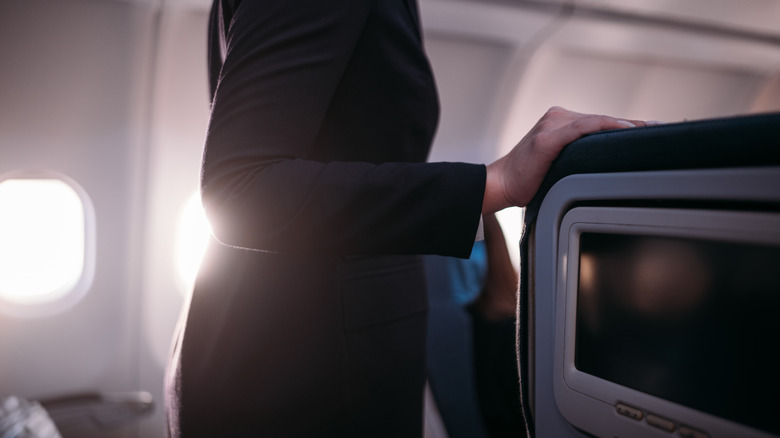
Knowing that the lights are dimmed for an important safety reason, it makes sense that you might be confused — or even concerned — if you notice that takeoff or landing has begun and the lights are still on at full brightness. It’s definitely not the standard, but from time to time, it does happen. It could mean something unusual is going on, but that’s not necessarily the case.
As important as this step is, Lia Ocampo explained to Islands there’s a lot going on during takeoff and landing. In fact she reminded us, “Takeoff and landing are the most critical phases of flight.” With so much going on, it’s entirely possible that the flight attendants simply forgot to dim the lights.
So what should you do if you realize the lights aren’t being dimmed? Ocampo advised, “Don’t panic. There may be a reason, but it’s okay to ask your flight attendants.” While
you usually shouldn’t talk to flight attendants while they are in their jump seats
— that they can focus on keeping an eye out for any signs of trouble — you can check in while they’re
walking around on crotch watch
, if you are worried about what’s going on.
Ready to discover more hidden gems and expert travel tips?
Subscribe to our free newsletter
for access to the world’s best-kept travel secrets.
Read the
original article on Islands
.

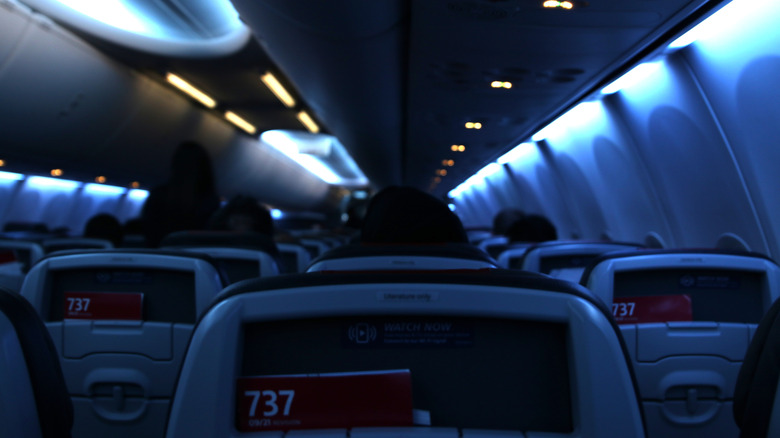








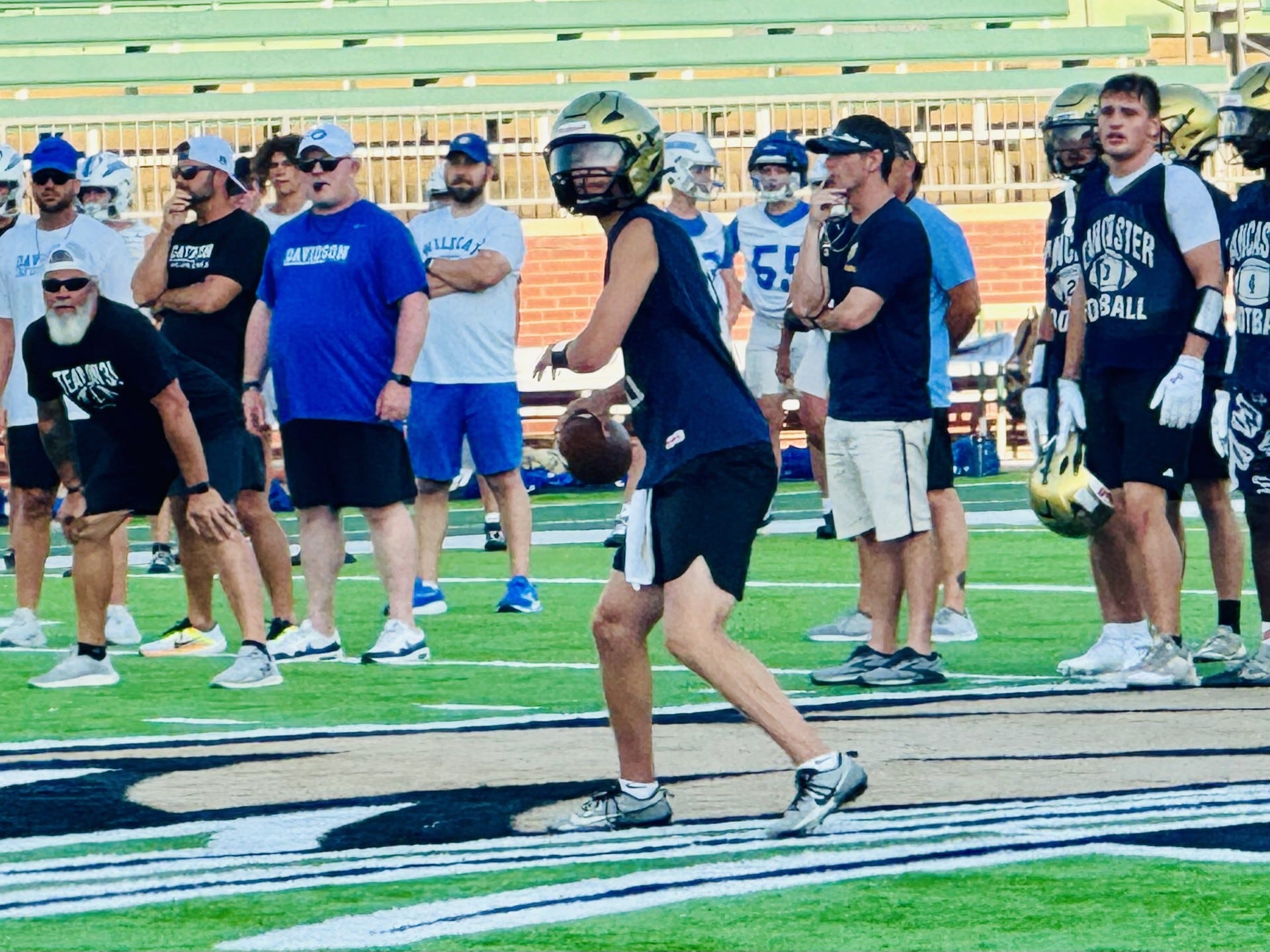

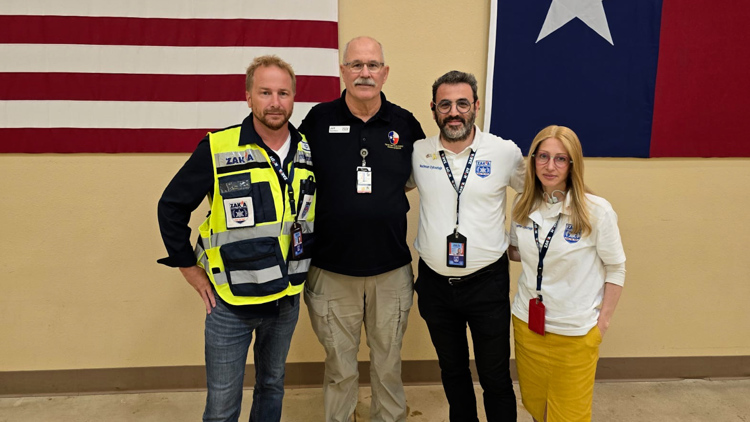
Leave a Reply